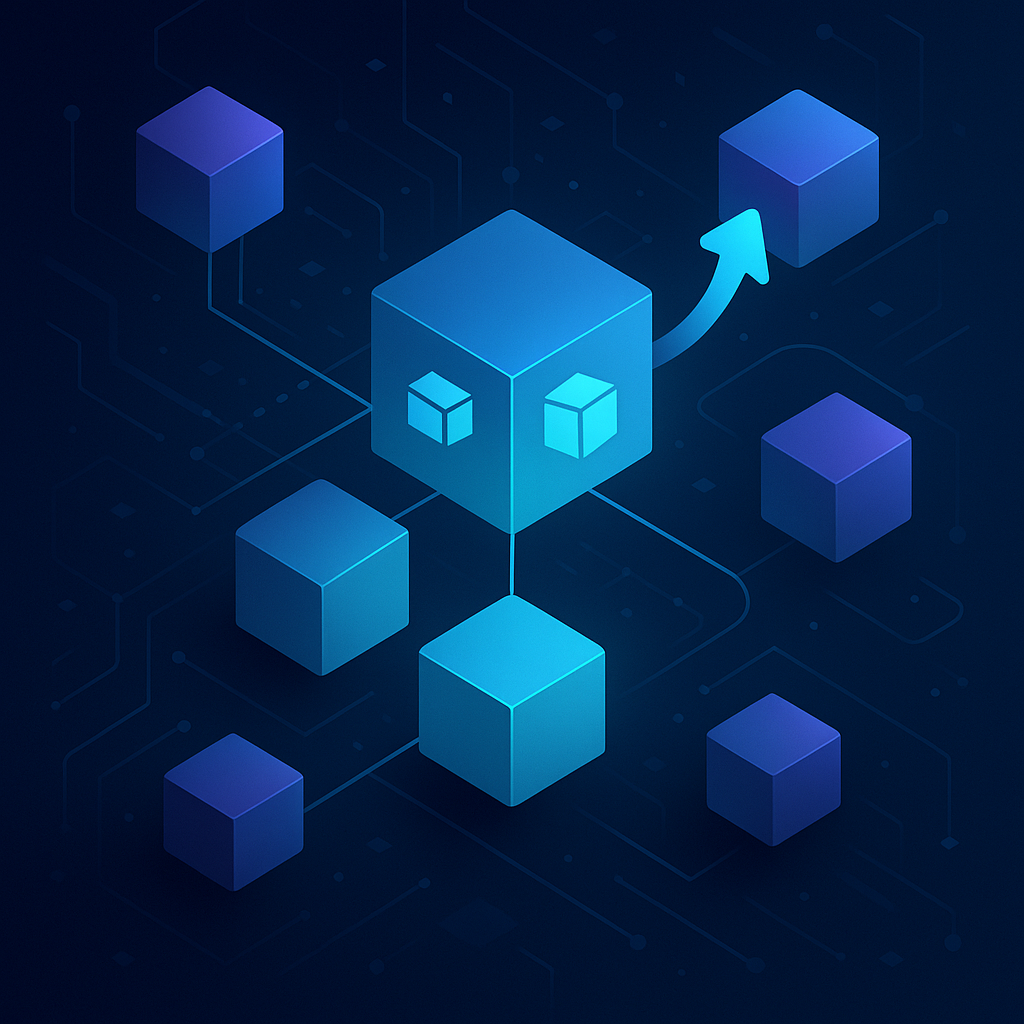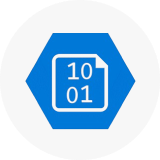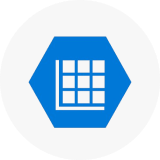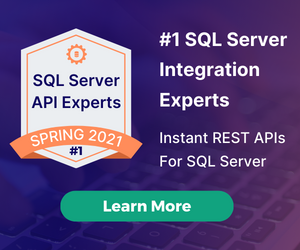Like most pieces of software, DreamFactory requires various dependencies to run. This post will focus how DreamFactory specific packages are updated. Fortunately, DreamFactory is built on top of Laravel, meaning Composer is used as a package manager simplifying much of the process.
1. Always Start With Backups
Always, always, ALWAYS start with backing up files or configs that may be changed during any update process. This ensures that if something does go awry recovery is quick and simple, and downtime is kept to a minimum. One obvious way to accomplish this is with snapshotting tools available within most Hypervisors. If something breaks, simply restore from that snapshot. In case one of those tools is not available, you can back up the DreamFactory directory and the System database and have everything safe.
To back up the DreamFactory directory on a typical Linux install:
cp -r /opt/dreamfactory /path/to/dreamfactory-backup-$(date +%Y%m%d)
This will create a dated directory with all of the dreamfactory's installation contents. Most importantly the .env file and the storage directory.
To back up the system database assuming default MySQL/Maria DB:
mysqldump -u root -p your_db_name > df_backup_$(date +%Y%m%d).sql
This will create a dated .sql file that can be used to recreate the system database in the event of something catastrophic.
2. Get Your Update Files
Since DreamFactory runs on Laravel which uses composer as a package manager, "update files" really mean "composer files" These files tell composer what packages and what versions of said packages exist. You can get these by contacting DreamFactory Support and we can send over the needed files.
** It is important to mention here that the compsoer files consisit of a three file set. And allthree are needed to successfully update DreamFactory. Those files are: composer.json, composer.json-dist and composer.lock **
Once you have these files, get them on your DreamFactory server in whatever way is most friendly for you. SCP, SFTP or wget are all great options.
3. Run the update
With your backups in place, and the composer files on the server, it's time to update! Move the 3 composer files into the DreamFactory installation directory (usually /opt/dreamfactory) and run:
composer install --no-dev --ignore-platform-reqs --verbose
This will take some time depending on the number and size of packages that need to be updated. let it run and do its thing.
4. Clean up
After an update, it's a good idea to rerun migrations, dump caches, and restart web servers:
Running migrations:
php artisan migrate
Dumping caches:
php artisan cache:clear
php artisan config:clear
php artisan route:clear
Restart web server (nginx on Ubuntu):
systemctl restart nginx.service
And there you have it! From here, you should be able to login to the admin UI, go into Config > System Info and see the installed packages and versions in "Installed Packages". If you run into any issues or have any questions about this process, you can reach out to DreamFactory support via email: dspsupport@dreamfactory.com
FAQs
1. How should I back up DreamFactory before updating?
Create a snapshot if possible, and back up the DreamFactory install directory (e.g., /opt/dreamfactory—especially .env and /storage) plus the System database via mysqldump.
2. Which Composer files are required for a DreamFactory update?
Use the complete three-file set from Support: composer.json, composer.json-dist, and composer.lock. Place them in the install directory before running Composer.
3. What steps should I run after composer install?
Run php artisan migrate, clear caches (php artisan cache:clear, config:clear, route:clear), then restart your web server (e.g., systemctl restart nginx.service).



























